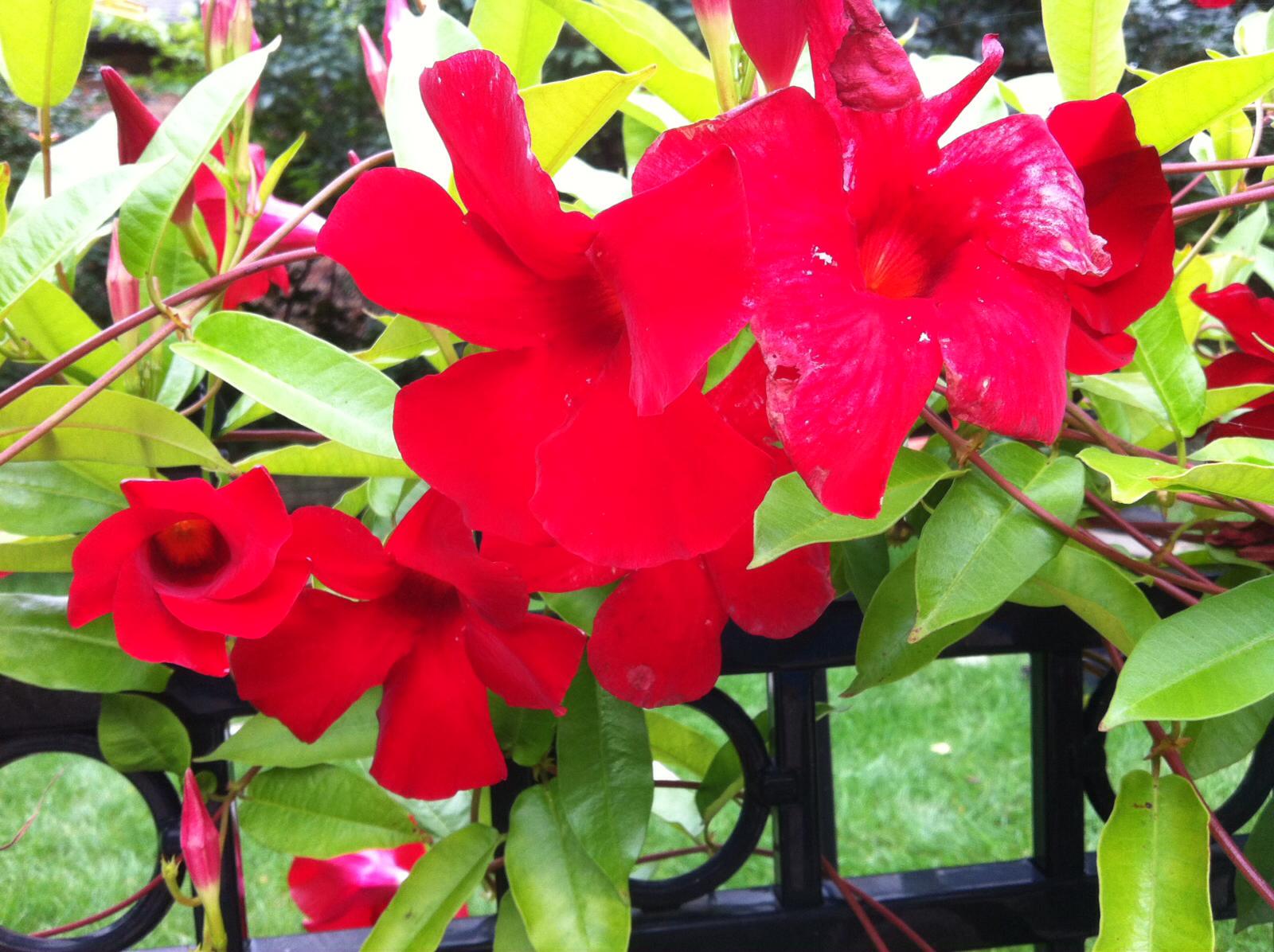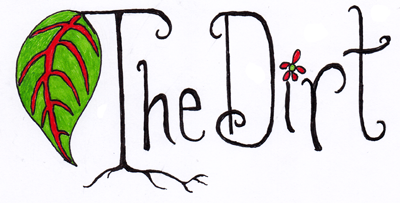

Posted by Nicole on Wednesday, November 5th, 2014 4:17 pm

A complicated question for sure. Now is the time to do it if you are going to. But why should you or shouldn't you? What should you wrap them with? Is it just a waste of time and energy? Hopefully we can provide the information you need to make a knowledgeable decision before you go out there and freeze your fingers.
Deciding to wrap your shrubs is not a cut and dried decision. There are two key elements to consider and many other factors within these two elements. We wrap shrubs to protect them from harsh winter weather and from animal damage which occurs during the winter season when rabbit and deer are limited in their food choices. These are, in the broadest sense, the 2 reasons to wrap your shrubs.
There are some tree/shrub species that need to be protected from rabbit/deer damage. In urban areas, of course, a deer problem is not often the case and it is more likely to be those cute and fluffy yet voracious bunnies. If you have ever experienced the damage a rabbit can do you know that voracious isn't even the word. They can gnaw down to stubs the shrubs you have been babying along for years. This past winter they killed one of our customers' 20+ year old Japanese maples and brought a couple others on the property to the brink of death. That replacement tree would be between $400-$600, not including the cost to have someone deliver and plant it. Some years if there isn't a great deal of snow cover rabbits and deer can find plenty of food and leave the mature bark alone but in a long hard winter they resort to their less ideal diet of more woody bark. Sometimes a deep snow cover allows them to reach up higher and get at the tender branches of your more mature plants. So, like we already mentioned....... there many factors to consider.
Some of the favourites of the rabbit/deer population are: euonymus, burning bush, dwarf hemlock, barberry, roses, Japanese Maple, fruiting trees and viburnum. That being said, desperate times sometimes lead to desperate measures but we can't wrap everything. We would stick to the short list and mostly the young ones. For example, we do wrap young burning bush but once they get to be more mature, 10 years old or so, we will leave them unwrapped and take our chances.
Wrap smaller shrubs with burlap and twine. Snug the burlap tight around the bottom and top to create what we like to call a bon-bon. If the shrub is a bit larger, has fragile branches or is spiny then we will put 3 or 4 stakes in the ground around it and use this frame to wrap around. In this scenario just make sure the burlap goes right to the ground so those bunnies don't get in behind that cozy burlap blanket and treat it as a bed and breakfast!
Fruiting trees, Japanese maples and standard form shrubs should all have their trunks wrapped for the winter. You are probably familiar with the white plastic coil called trunk wrap or as we like to call it bunny wrap. It is sold at some hardware stores and most garden centres. This can just be coiled around the trunks of the trees/shrubs that need to be protected and cut to fit as needed. Please remember to take these off in the spring!! Wraps should not stay on all year as moisture gets trapped against the bark and mold and fungus will start to grow and all kinds of nasty critters hang out there causing damage to the tree/shrub.
There are a few scenarios that warrant shrub wrapping to protect from winter weather, the cold harsh winds, the weight of snow and ice, and freeze/ thaw cycles. Evergreens are the main concern here. Because they keep their leaves (you know them as needles but they are technically just smaller and pointier leaves), these species' can be dried out or "burned" by cold winter winds. You can see this damage in the spring when unprotected shrubs look dead/brown on one side. Many shrubs will bounce back from this damage depending on the severity but look unsightly in the process. Wrapping with burlap will prevent this damage, but again, we can't wrap everything so how do we choose? Where the shrub is located and what species it is are key factors. Shrubs planted in dry, windy, exposed locations are most at risk. Broadleaf evergreens such as rhododendrons and azaleas and also evergreens including Boxwood, yew, cypress and Alberta spruce are particularly prone and usually the only evergreens we will wrap. That being said, there are some exceptions we have made for some tough species' living in even tougher locations that receive an intense amount of wind. Know your location!
Knowing your shrub location is key and not just due to wind but their location for exposure to salt spray too. If your evergreen shrubs are near a road/street consider wrapping them to protect them from the spray of salt that drifts through the air when cars drive by. We have seen more newly planted cedar hedges die this way than we'd like. Once more mature and established some of these plants can handle it but newly planted don't stand a chance. And speaking of the newly planted, any newly planted evergreen in an exposed location could stand to be wrapped! Just for the first year for the less delicate, then let them toughen up a bit.
Some of your evergreens that aren't susceptible to winter winds or salt will not need burlap but may still need to be wrapped with twine. Because they keep their leaves evergreens will collect a lot more snow and ice in their branches which could weigh them down and break branches. This problem is compounded when you have an upright shape like that of an emerald cedar or Wichita blue juniper that often have two or three trunks with upward reaching side branches perfect for catching that heavy wet late winter snow. Losing one of these main stems can be devastation to the shape and look of the shrub. Tying twine around these tall slender shrubs can hold the branches in close to the trunks to prevent breakage. Shrubs planted under eaves of houses or buildings are often more of a problem because of snow and ice that can fall off the roof. In some of these cases twine may not be enough. You may need to protect them with something more solid like plywood to prevent them from being crushed. This can be avoided with good garden design but that is a whole other topic!
Evergreens are not the only shrubs that may need some protection from the winter weather. We do wrap some smaller deciduous shrubs that are a little more sensitive. Those that are borderline hardy such as azaleas and some roses or anything that is a higher zone than we are in will get wrapped. Location is still a factor here, an azalea in a protected corner of a yard in the city is likely fine but on the west side of a farmhouse in the country we like to buffer that wind a bit with some burlap. Some roses that are more delicate like the hybrid teas benefit from having their graft insulated and protected from severe winter weather. A small mound of peat moss over the graft which can in the spring be worked into the ground around the plant and a wrapping of burlap and stakes should protect them until the next growing season.
Clearly there are many factors to consider when you are wondering whether or not to wrap your shrubs. It is impossible to guarantee anything with living things so it's knowing about your shrub, its location, and its age and how upset you would be if it were to suffer over the winter. Sometimes you can take many precautions and Mother Nature will still throw something unexpected at you! Good luck out there!

